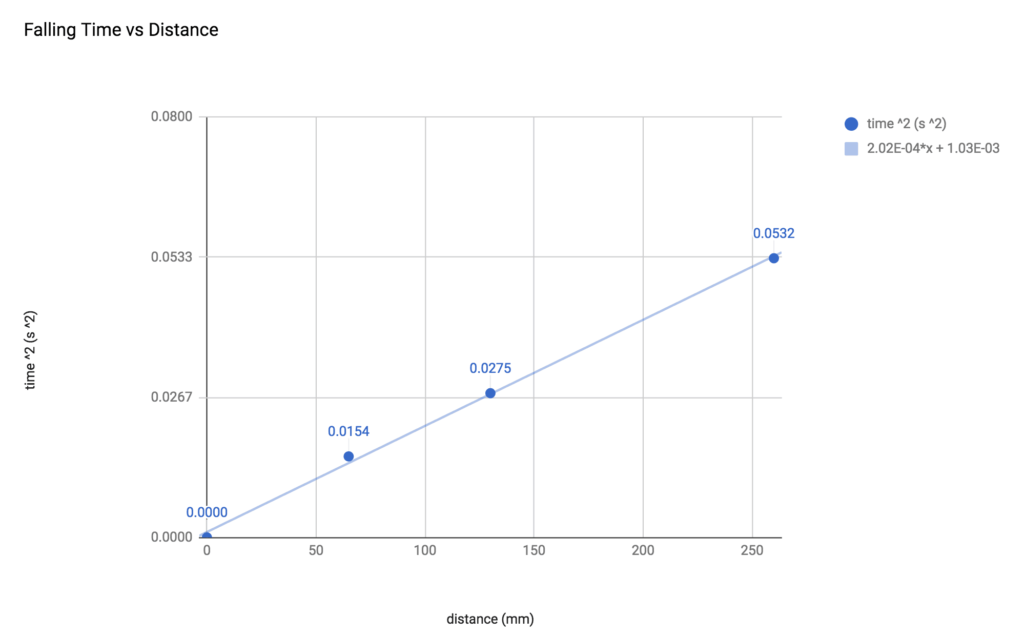Ideas for customizing the lab experience
We tend to think that lab courses must march students through a well-rehearsed set of steps that include
- presentation of theoretical background and foundational concepts,
- safety considerations for the lab at hand,
- methods and procedures to be followed,
- measurement and data collection, and
- graphical presentation of data.
After the experiment is performed, and the data gathered and presented, students submit a lab report with an error analysis which provides an opportunity to explain why the results deviated from theoretical predictions. This gives you, the instructor plenty to assess. The real question is: Are you measuring what you want with your lab activity assessment? You can be sure of the answer if you revisit your learning objectives and consider these two bits of advice
- Focus the lab activity on the skills you want students to sharpen.
- Determine the nature of the labs broadly (i.e., students will apply theoretical frameworks by reproducing a classic experiment or students will design their own experiment to investigate something new)
Focusing Lab Activity
Depending on the semester your initial impulse might be to arrange as many labs for the course as the calendar allows. But sequencing through various labs as quickly as possible comes at an opportunity cost. Usually maximizing for a large number of different labs precludes having sufficient time for discussion, assessment, and revision. Perhaps it’s time to consider delving deeper into a fewer number of labs for a different approach.
One option is to structure the lab time around the activities that need the most attention. Consider a situation where students are well adept at measuring and recording data, but they need more experience with calculating and graphing the results. Why not structure an exercise where students are provided with data already generated?
Consider another group of students who have a strong graphing skill set, but need practice with measurement and observation. Rather than have this second group go through all of the typical activities associated with a lab, provide them with a smart online spreadsheet that accepts data and automatically plots the data points. If you’re wondering how such a tool might work, check out this spreadsheet designed to graph the results of falling object data: https://goo.gl/gvQ1zn

Determining the Nature of Labs
If you discover that you have some flexibility in the use of lab space over the semester that your course is delivered, consider breaking out of the traditional 3 hours time slot that traditional undergraduate labs are delivered by purposefully having the activities span across a few weeks. It might be that providing more time to investigate and record data will allow students to better meet the course learning objectives. Certain observations will, of course, require observations that span an even longer time period. Perhaps it’s possible for your students to observe, measure, and contribute to a long-term data collection project.
In most cases, instructors want to maximize exposure to a variety of classical experiments to augment the normal class experience. Students are thus ushered through several weeks of methodical procedures giving them practice with fundamental concepts. That’s a completely valid decision. But at what point do students learn to devise their own experiments? There are several versions of inquiry-based labs that are designed to put students in the authorship role of the lab procedure and data recording tasks. If inquiry-based labs are new for your students, you’ll definitely want to devote instructional time to assist your class along the way towards competency.
Resources
https://goo.gl/gvQ1zn – Sample Lab using a borrowed MIT Open lab curriculum and Google Sheets data collection and auto graphing tool.
https://www.nsta.org/publications/news/story.aspx?id=46515 – Report from the National Academy of Sciences on Inquiry-based laboratories.


